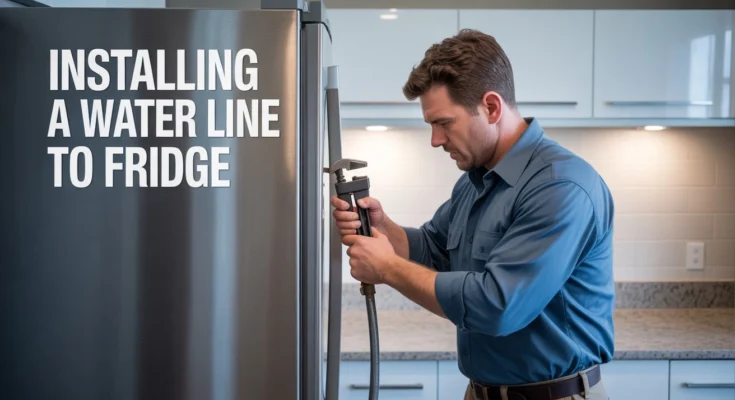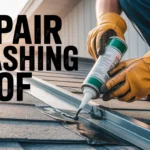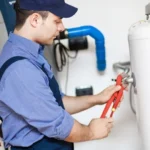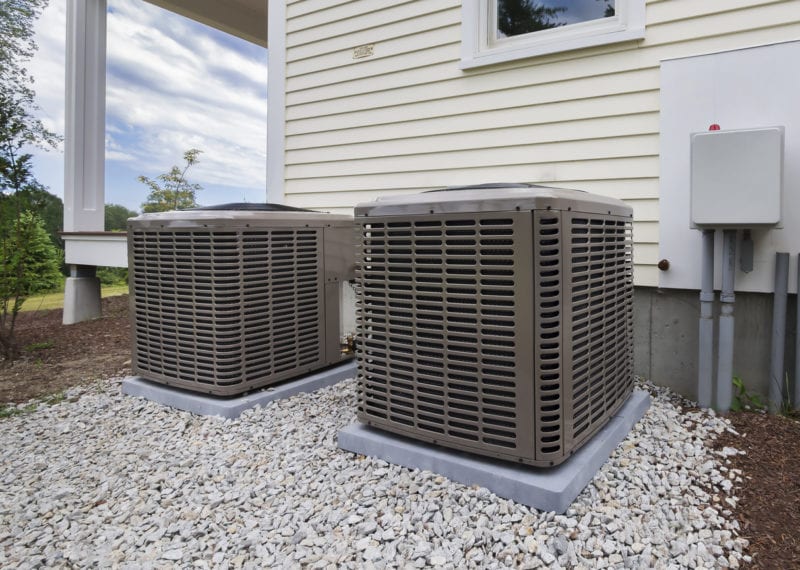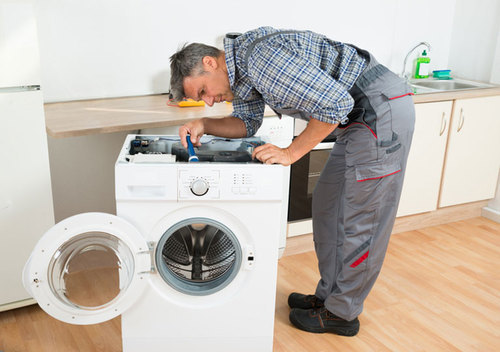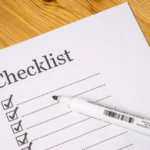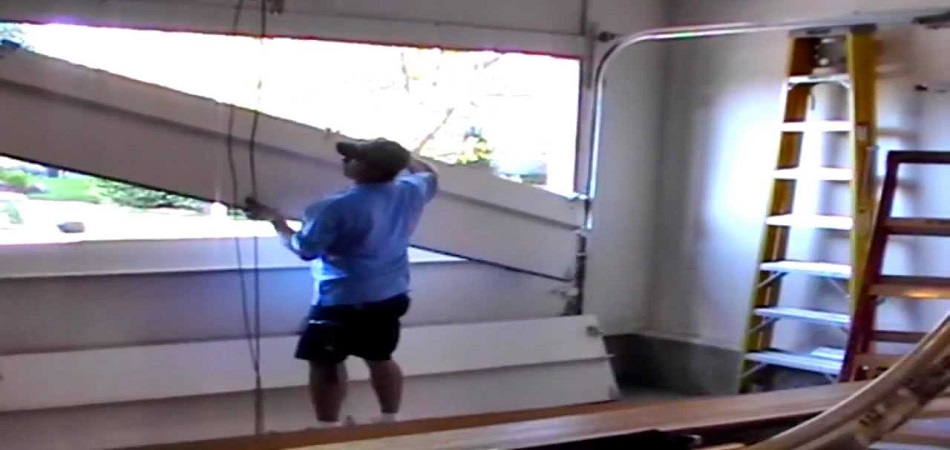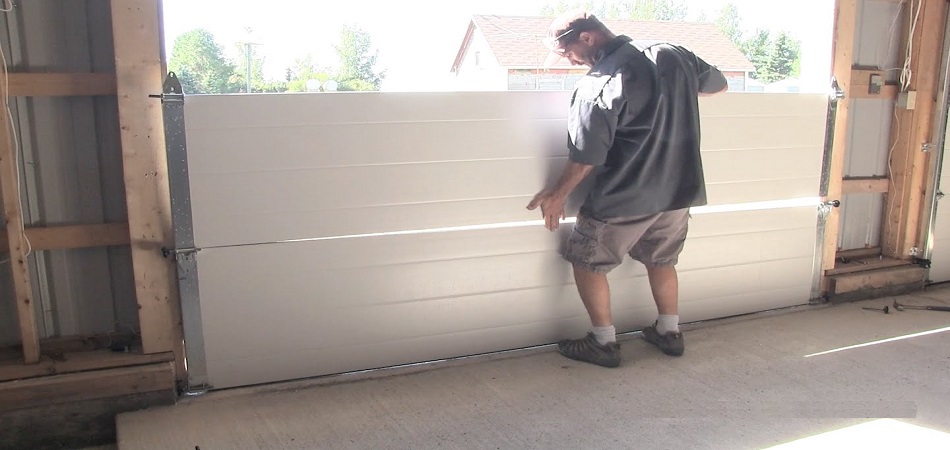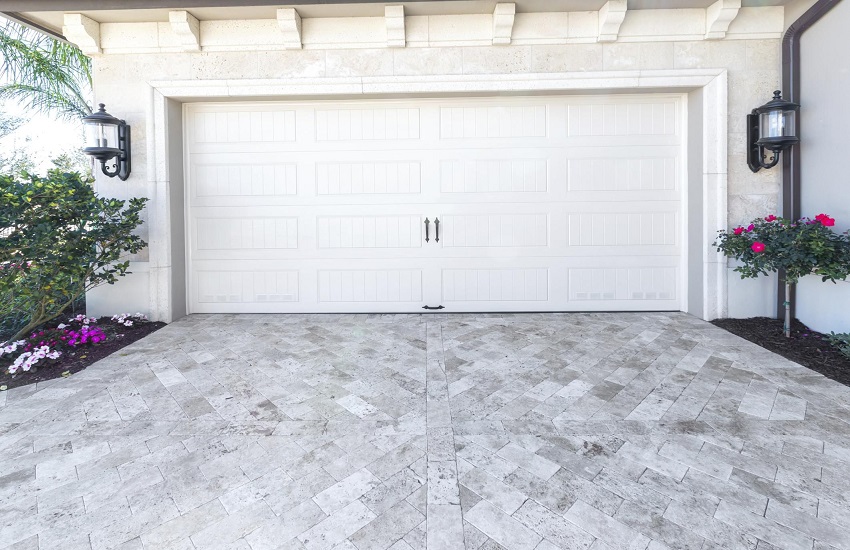If you’ve ever wished your refrigerator could give you fresh, filtered water or perfectly chilled ice without constantly refilling trays, you’re not alone. For many homeowners, installing a water line to fridge feels intimidating but with the right tools and a clear guide, it’s a surprisingly manageable DIY project.
As a home decor enthusiast who’s tackled plenty of small upgrades, I’ve found that projects like this not only add convenience but also make your kitchen feel more functional and high-end. In this post, I’ll walk you through the process, highlight common pitfalls, and even share a real-life case study that shows how much of a difference this small change can make.

Content
Why installing a water line to fridge?
Before diving into the “how,” let’s talk about the “why.”
- Convenience: No more filling ice cube trays.
- Better Water Quality: Hooking up to an RO (reverse osmosis) system or filter ensures you’re drinking clean water.
- Style Upgrade: Built-in water and ice dispensers are now standard in modern kitchens.
Many homeowners I’ve worked with initially think of it as a small detail, but trust me it’s a big lifestyle improvement.
Tools and Materials You’ll Need
Like any DIY, having the right tools makes all the difference. At a minimum, you’ll want:
- Drill with bits (if you’re running a line through cabinets or walls)
- Adjustable wrench
- Tubing (PEX or copper)
- Fridge water line installation kit (includes tubing, connectors, and fittings
- Teflon tape or sealant
- Bucket and towel (for catching water drips)
While you can buy each part separately, I recommend starting with a kit that ensures you won’t miss a critical piece.
Step-by-Step Guide: Installing a Water Line to Fridge

Now let’s get into the details.
Plan Your Route
Before drilling or cutting, map out the easiest path from your water source (often under the sink or basement plumbing) to the back of your refrigerator.
If your fridge is across the kitchen, you may need to consider running a water line through the wall to the fridge. In other cases, routing through cabinets is more straightforward.
Shut Off the Water Supply
Never skip this step! Locate your main shutoff valve or use a local shutoff near the sink. Once the water is off, open a faucet to relieve any pressure.
Drill or Create an Opening
If you’re going through walls or cabinetry, drill a hole just large enough for the tubing. Use a drill bit that matches your tubing size and angle the hole slightly downward for smoother passage.
Connect to the Water Source
Depending on your setup, you might attach directly to an existing cold-water pipe using a T-connector or a valve. Many people rely on the fridge water line installation kit for this part; it simplifies the process and ensures compatibility.
Run the Line to Your Fridge
Gently feed the tubing through your drilled opening, making sure there are no sharp bends that could lead to leaks or reduced flow. This is where the planning pays off; smooth routes mean fewer headaches later.
Refrigerator Water Line Hookup
Now, attach the tubing to the fridge’s inlet valve. Most modern refrigerators make it easy to connect a water line to an ice maker or dispenser. Just tighten the nut with an adjustable wrench, but avoid overtightening (which can crack fittings).
Test for Leaks
Turn the water back on slowly and check all connections. Use a paper towel under each joint—it will quickly show if you have a drip. Tighten gently if needed.
And that’s it you’ve just completed installing a water line to fridge.
Real-Life Case Study: From Messy Ice Trays to Kitchen Upgrade

Last year, I helped a close friend with this exact project. Her family was constantly juggling ice trays, and with kids at home, the demand for cold water was endless.
We decided to tackle the upgrade over a weekend. The biggest challenge? Figuring out how to run a water line to the refrigerator that sat on the opposite wall from the sink. After a little planning, we drilled a neat path and installed tubing through the basement ceiling, popping it up right behind the fridge.
The total project took about four hours and cost less than $70 (thanks to a reliable fridge water line installation kit). The results? Her family had fresh water and ice on demand, and she told me it felt like a “mini kitchen renovation” without the high price tag.
That small change even inspired her to tackle other DIY upgrades proof that one project can kickstart many more.
Troubleshooting and Common Mistakes
Even with careful planning, you might run into a few hiccups:
- Leaky Connections: Often caused by overtightening. Loosen, add Teflon tape, and retighten.
- Line Too Short: Always measure twice before cutting.
- Water Taste Issues: If your fridge isn’t connected to a filter, consider attaching it to your RO system.
- Low Water Pressure: Ensure tubing isn’t kinked and that valves are fully open.
Tips to Make It Easier
- Label your shutoff valve for future reference.
- Leave extra tubing coiled behind the fridge so you can move it for cleaning.
- Take photos of your connections; it helps when troubleshooting later.
Conclusion:
Installing a water line to your fridge is one of those upgrades that seems harder than it really is. With the right tools, a little patience, and a clear step-by-step plan, you’ll be enjoying fresh water and ice straight from your refrigerator in no time. And once it’s done, you’ll wonder why you didn’t start sooner—it’s a simple project with a big impact on your daily kitchen routine, just like cleaning the freezer efficiently to keep everything running smoothly.
FAQs About Installing a Water Line to Fridge:
Q1: Can I install a fridge water line myself?
Yes, most homeowners can install a fridge water line themselves with a kit and basic tools.
Q2: How much does it cost to add a waterline to a fridge?
Adding a fridge water line usually costs $50–$200, depending on distance and whether you hire a plumber.
Q3: Will Lowes hook up a water line to a refrigerator?
Yes, Lowe’s offers refrigerator installation and can hook up the water line during delivery for an added fee.
Q4: Do you need a plumber to plumb a fridge?
Not always. A plumber ensures quick, leak-free setup, but DIY with a water line kit works well for most homeowners.

I’m Steve Hembree. I love to share my tips and tricks for home improvement, as well as provide ideas for how you can transform your space with DIY projects.

